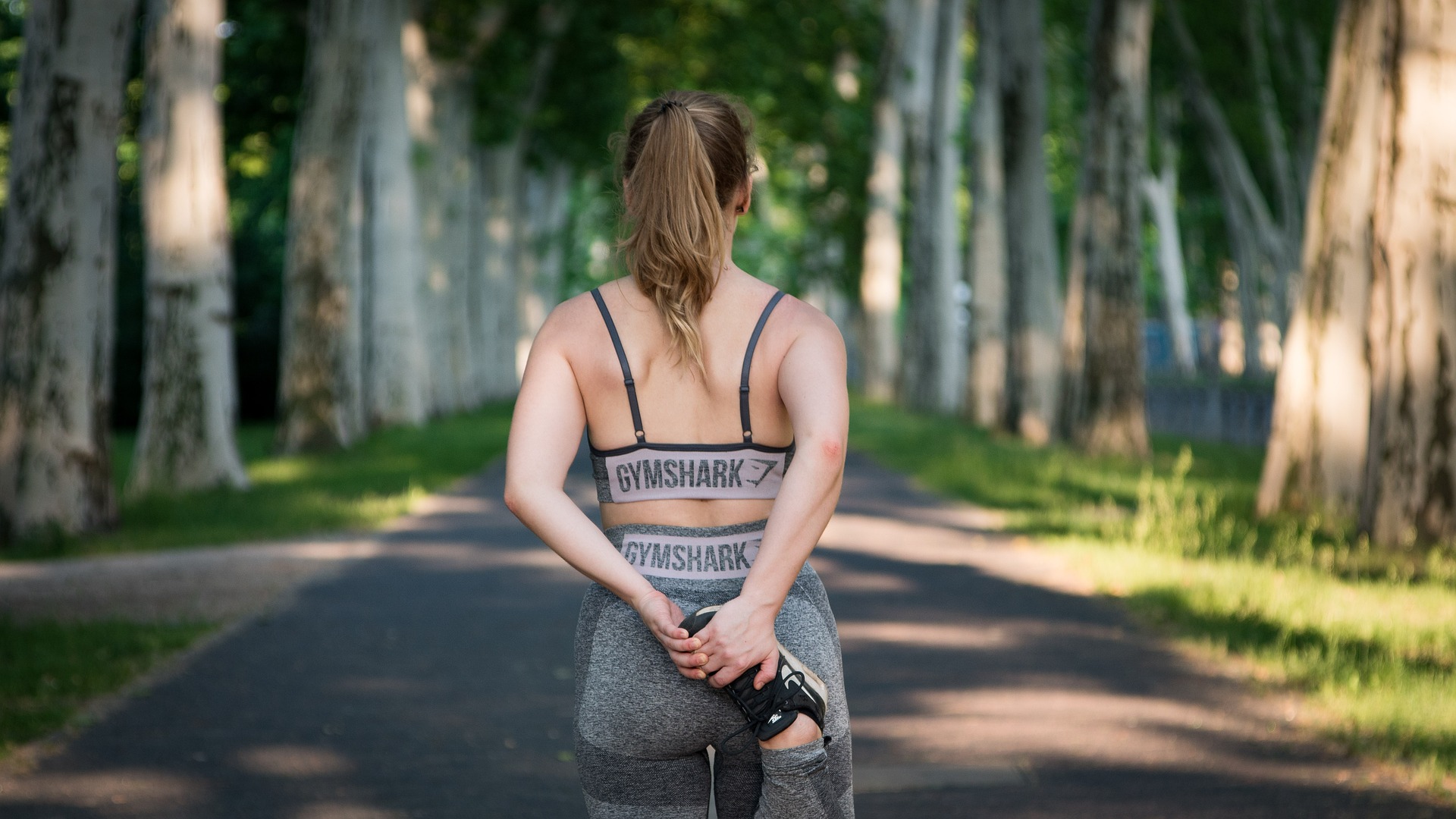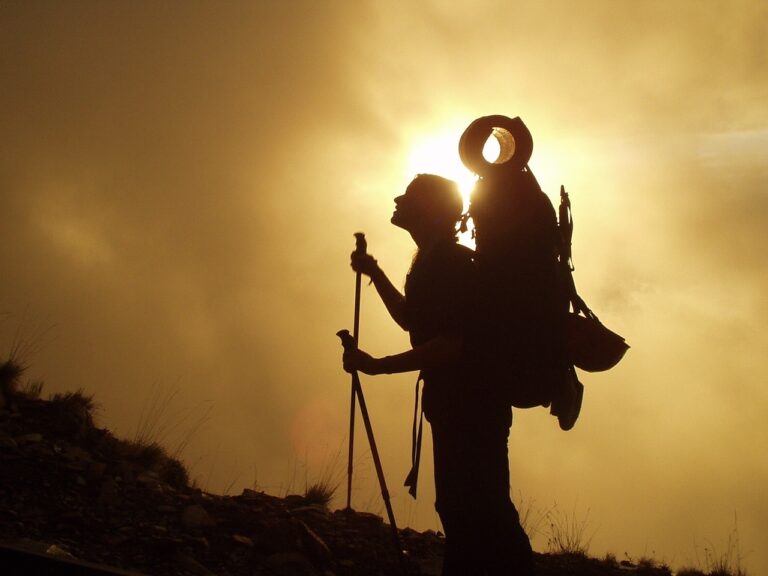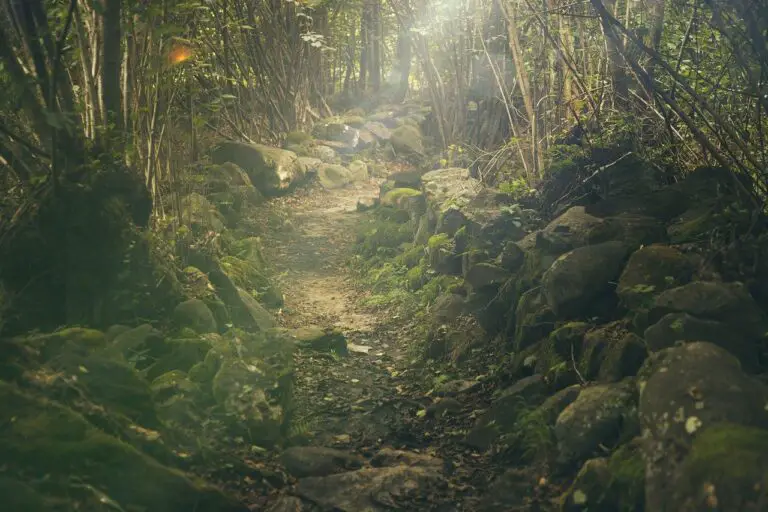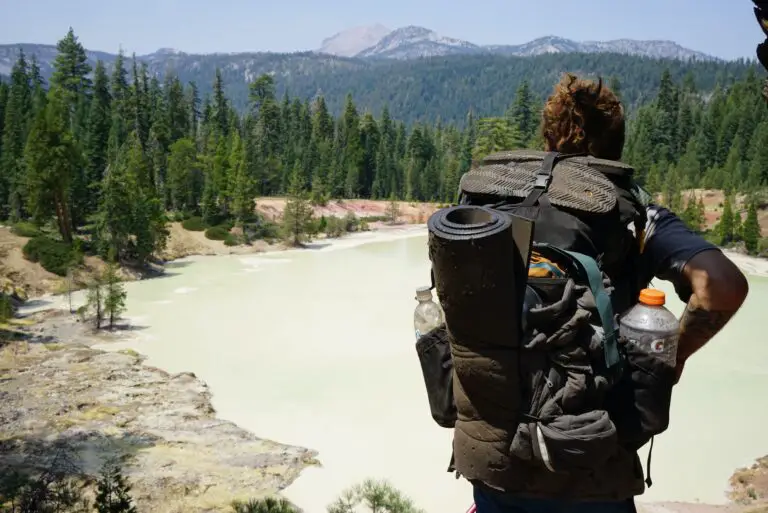How To Train For Hiking At Home
Hiking is a fun activity, but it can be quite difficult if you’re out of shape. If you’re planning to go hiking, you can do a lot to improve your fitness before going on the trip. This is especially important for difficult hikes, which can be hard on the body. When you’re in shape, you can enjoy the trip much more, and focus on the nice scenery instead of your aches.
Training for a hike at home can be comfortable, and the convenience makes it much more likely that you’ll stick with your plans. Still, most people don’t have a lot of training equipment at home, so the range of possible exercises is more limited.
In this post, we’ll cover the most important topics of training for a hike at home. We will discuss the most important exercises you can do with minimal equipment and general training-related topics.
How to start training for hiking
The first thing you need to do when starting to do any training, like training for hiking, is to make a plan. You’ll need to consider what type of exercises to include in your schedule, what specific exercises to do, and how you’re going to go about training.
The first thing to consider is what exercises you’re going to do. I recommend doing both cardio exercises, and strength training, and also working on your flexibility. Include these types of exercises in your routine – I’ll go into them in more detail and with specific examples later in this article.
Try to make a training schedule and stick with it. Making training one of your habits will make it much easier to stick with it, so you’ll improve your fitness level for the hike, but also for your health.
It’s important that you come into training with the right mindset. It can get hard if you have not worked out in a while. When I take a break from training, after going back and working out I always get sore. I had this experience multiple times over the years, and it isn’t easy, but it’s worth it. Start training and expect to start out with lighter exercises, and expect to get sore after.
With that in mind, let’s consider the different types of exercises you should include in your training.
Cardiovascular Training for a hike
Your cardiovascular fitness is generally considered the most important when it comes to hiking. Hiking itself is a cardio exercise, and is considered good cardiovascular training in and of itself((Hiking health benefits)). Cardio fitness is most important when considering how to train for hiking, and cardio training can make the hike much more pleasant.
There is a range of exercises you can do to improve your cardio for a hike. You should focus mainly on lower-body exercises, but your upper body does work as well on a hike, especially if you’re carrying a lot of equipment.
Examples of exercises you can do at home to improve your cardiovascular fitness before a hike:
- Walking
- Running
- Cycling
- Jump rope
With cardio exercises, you mainly need to measure how fast and how long you did the exercise. For example, if you’re training by running, measure the total distance you cover on a run, and how long it took you to complete it. You’ll try to minimize the time, and maximize the total distance. Setting goals and trying to achieve them is a great way to push yourself to train as hard as you can.
You can also make the exercise more challenging by changing how you do the exercise, or by adding weight. For example, you can try to jump rope faster, go cycling on a more challenging incline, or carry weights while you run.
There are a lot of ways to make cardio training more enjoyable. I mainly like listening to music, podcasts, and audiobooks while training, because I feel like it’s a good way to make use of the time. You can also run with a partner of a similar fitness level, so you can push each other to train harder and not give up, and also enjoy breaks together.
Strength Training for a hike
While hiking is mainly a cardiovascular activity, strength training is very important to develop the strength you need to complete difficult routes.
Hiking with a big and heavy bag puts a lot of stress on your shoulders, core, and legs. Some hikes have steep inclines, which are hard on your quads and calves. Strength training can help make the experience more enjoyable.
Here are a few examples of strength exercises that are great for developing strength for hiking:
- Squats
- Jump squats
- Lunges
- Pull-ups
These exercises are great for developing the strength you need on a hike. You should focus on leg exercises but remember to also train your upper body to stay balanced. Your upper body actually works as well when you hike, carrying the load of your backpack, and helping you move.
Remember to start with lighter weights you feel comfortable working with, and increase the weight as you progress. Progressively loading your muscles will improve your strength over time and reduce the chance of injury. More strength will make it easier on the hike, especially on steep inclines where your body has to work hard.
Flexibility and Balance Training for a hike
Your flexibility and balance are very important when moving your body, and can make hiking much safer and more enjoyable.
Hiking with a lot of equipment on your back makes you less balanced, especially if you walk on uneven surfaces or on steep inclines. By improving your stability, you’ll make it much less likely that you’ll fall or lose balance on a hike.
While hiking, you put a lot of stress on your muscles, making them more likely to get sore, or in some cases even injure. Improving your flexibility will reduce your soreness, especially if you stretch before and after the hike. It can also reduce your chance of injury.
There is a wide variety of possible balance and flexibility training you can do at home. I especially like doing yoga, because it builds strength and flexibility at the same time, but a lot of hikes also like pilates or simply doing stretches.
Some people like doing these exercises at the end of their normal training program, to enjoy the benefit in their day to day, and to reduce soreness after working out. Others prefer to do these on off days, doing strength and cardio exercises on some days, and flexibility on others.
Nutrition and Hydration
To develop the fitness level you need for the hike, you’ll need to eat and hydrate properly, to give your body fuel to build your muscles. You’ll also need to fuel your body during the hike itself. Nutrition is an integral part of developing your body, so make sure you carefully consider what you put in your body.
In not going to go into nutrition and hydration in too much detail here, because I’m not a nutritionist, but I can give the general recommendation of trying to eat healthy and balanced. Avoid sugar and processed foods, and make sure to eat calories and nutrients to meet your goals.
Rest and Recovery
Rest from your training is essential to develop your fitness and prevent injuries. Make sure you sleep well and enough to feel well rested.
Make sure to incorporate rest days in your training plan; if you train every day you’re likely to get burned out, and your muscles won’t have enough time to recover between workouts. How many times a week you should train depends on your fitness level: when just starting out, training two or three times a week should be plenty. If you’re very fit and used to exercise, you can increase the number of training days per week.
I also recommend doing some activities to recover after training, either right after the workout or on your off days. You can do stretching, foam rolling, massages, and more, to remove tension in your muscles and recover faster.
Conclusion
In this post, we’ve covered the main topics of training for a hike. We discussed strength training, cardio, balance, and more, all very essential for a hiker.
Generally, if you’re training for a long hike, I would recommend actually taking shorter trips and physically preparing yourself for it. But training at home as well can help you get in shape faster and can be beneficial even when training to start hiking, to prepare yourself for taking shorter trips.
Follow the tips provided in this article and develop a training plan, and you’ll have an enjoyable trip.







